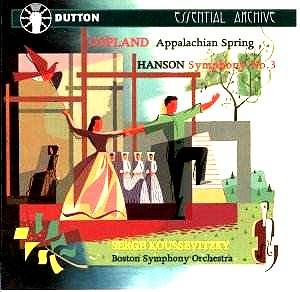 Composer: Wolfgang Amadeus Mozart
Composer: Wolfgang Amadeus Mozart
Works: Symphony No. 33 in B flat major, K319; Symphony No. 35 in D major, K385 ‘Haffner’
Performers: Academy of St Martin-in-the-Fields/Iona Brown
Recording: April 1997, Henry Wood Hall, London
Label: HÄNSSLER CLASSIC CD 94.003 [40.18]
Mozart’s symphonic output is often celebrated not merely for its melodic beauty but for its structural innovation and emotional depth. The Symphony No. 33 in B flat major, K319, composed in 1779, is a splendid example of Mozart’s mature style, marked by elegance and a directness of expression that invites both technical and expressive scrutiny. The Symphony No. 35, known as the ‘Haffner,’ written in 1782 for the Haffner family’s celebrations, is imbued with a celebratory spirit that showcases Mozart’s ability to blend sophistication with buoyancy, a hallmark of his later symphonic writing. The present recording, featuring the Academy of St Martin-in-the-Fields under the direction of Iona Brown, offers a fresh perspective on these works, illuminating their intricate textures and dynamic contrasts.
The interpretation of Symphony No. 33 reveals a nuanced understanding of Mozart’s intentions, particularly evident in the first movement, where Brown draws out the contrasts between the lyrical themes and the more vigorous passages. The strings exhibit a crystalline clarity that allows each line to resonate with its intended character. The second movement, an Adagio, unfolds with a lyrical grace, the woodwinds’ interplay with the strings showcasing the delicate balance that is a signature of Mozart’s orchestration. Here, Brown’s tempos are judiciously chosen; she allows the music to breathe, letting the poignant melodies linger without overstaying their welcome.
In contrast, the ‘Haffner’ Symphony bursts forth with an exuberance that is infectious. The first movement’s Allegro con spirito is characterized by its vigorous opening theme, which the orchestra delivers with both precision and vitality. Brown’s decision to maintain a brisk tempo in this movement highlights the youthful exuberance inherent in the score, while the transitions to the more lyrical secondary theme are executed with a seamlessness that enhances the overall cohesion of the movement. The Andante, with its beautiful dialogue between strings and woodwinds, exemplifies Mozart’s masterful use of orchestral colors, and the performance captures the delicate balance of serenity and tension in a manner that feels both effortless and profound.
From a technical standpoint, the recording quality is commendable. The acoustics of Henry Wood Hall favor the bright, clear sound typical of the Academy of St Martin-in-the-Fields, allowing the intricate details of the orchestration to shine through. The balance between the sections is well-maintained, ensuring that the woodwinds are neither overshadowed by the strings nor drowned out by the brass. This clarity is particularly beneficial in the rapid passages of the ‘Haffner’ finale, where the rhythmic drive and clarity of articulation are paramount.
When compared with other notable interpretations, such as those conducted by Neville Marriner or the more recent recordings by Martin Brabbins, this performance stands out for its vibrant energy and meticulous attention to the score’s subtleties. While Marriner’s interpretations often emphasize a more broad and lyrical approach, Brown’s direction here is characterized by a lively effervescence that aligns closely with the youthful spirit of Mozart’s music.
The Academy of St Martin-in-the-Fields’ performance under Iona Brown offers a compelling interpretation of these symphonic works, deftly balancing technical precision with expressive depth. The recording not only illuminates the intricate musical conversations within each symphony but also captures the essence of Mozart’s genius—the ability to convey profound emotion through simplicity and clarity. This release is a valuable addition to the discography of Mozart’s symphonies, likely to appeal to both seasoned listeners and those new to the repertoire.



